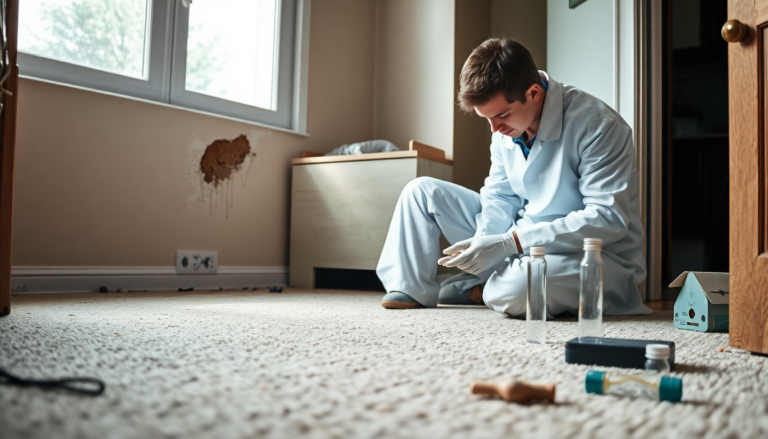Argomenti trattati
Finding mold in our homes can be a real cause for concern, can’t it? Whether you’re moving into a new place, planning some renovations, or just going about your daily routine, the thought of mold hiding in the corners can be unsettling. Even if you can’t see it, symptoms like sneezing or itchy eyes might suggest a deeper issue. Thankfully, there’s a wealth of information out there to help homeowners learn how to test for mold and tackle it effectively.
The pervasive nature of mold
Mold is an unfortunate reality for many households, thriving in environments with moisture. Take bathrooms, for instance—they’re often hotspots for mold due to high humidity levels. But it doesn’t stop there; any area with water damage or hidden leaks can quickly turn into a mold breeding ground. It’s important to understand that mold can pose serious health risks and lead to significant property damage.
From respiratory problems to allergic reactions, the health implications of mold exposure can be serious. So, how do you know if mold is hanging around your home? Pay attention to persistent musty odors, allergy-like symptoms, and visible discoloration in spots like corners or around fixtures. Remember, while different types of mold can appear in homes, any visible growth should be treated as a red flag.
How to identify mold in your home
To self-diagnose potential mold issues, stay alert for that characteristic musty smell that often signals mold growth. If you can’t pinpoint the source right away, check common moisture-prone areas like under sinks or in poorly ventilated rooms. Also, look for signs of moisture like bubbling paint or warped floorboards.
If you’re looking for a more definitive answer, investing in a home mold testing kit might be worthwhile. Brands like My Mold Detective and Mold Armor offer user-friendly kits that simply require you to leave a petri dish exposed for a set time to capture airborne mold spores. But keep in mind, these kits only confirm the presence of mold; they don’t tell you what type it is or how extensive the problem might be. For a thorough assessment, especially if your home has limited ventilation, consulting a professional for air or surface testing is often the best route.
Steps to take upon discovering mold
If tests confirm the presence of mold, it’s time to act quickly. While you can’t eliminate all mold spores, you can remove active growth and restore a safe environment. Start by identifying and eliminating the source of moisture, which could be plumbing leaks, condensation, or poor ventilation.
Be careful not to disturb the mold during removal, as this can cause spores to spread. Hiring a certified mold inspector is crucial for ensuring proper evaluation and remediation advice. If the mold situation is extensive or hard to reach, professional help is often necessary. The costs for professional mold remediation can vary widely, depending on the extent of the infestation and where it’s located in your home. Generally, the process involves removing contaminated materials and thoroughly cleaning the affected areas while following established safety guidelines.
Preventing future mold growth
Once your home is mold-free, keeping it that way takes ongoing vigilance and proactive measures. In moisture-heavy areas like bathrooms, running exhaust fans during and after showers is a smart move. If installing a fan isn’t possible, using a standing fan or simply opening a window can help reduce humidity levels.
Regular maintenance is key, too. Clean and seal grout, address leaks promptly, and consider using dehumidifiers in particularly damp spots. Arrange furniture to allow for airflow, and crack open windows when the weather permits to boost ventilation. While it’s normal for occasional mold spots to appear, especially in damp areas, maintaining these habits can greatly reduce the chances of mold making a comeback.
In summary, recognizing the importance of mold testing and prevention is essential for keeping your home healthy. By staying informed and taking proactive steps, homeowners can protect their health and property from the dangers that mold can bring.

